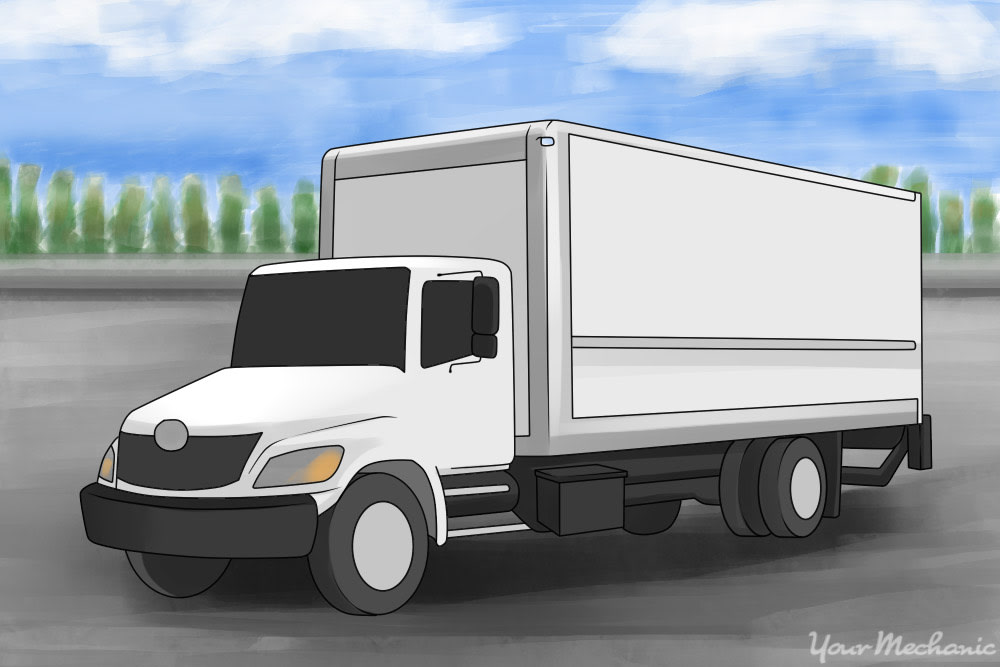

Not everyone drives a big rig truck, but most drivers have seen runaway truck ramps. Also known as truck escape ramps (TERs), emergency escape ramps or lanes, and truck arrester beds, runaway truck ramps are frequently found on highways with steep downgrades. They are built to slow the downhill speed of large trucks that have lost control of their brakes from descending too fast. Too much pressure placed on brakes at high downhill speeds, a heavy load, and 6% grade can overheat and irradicate brake effectiveness, specifically drum brakes. The goal of runaway truck ramps is to slow down and completely stop the truck in a matter of seconds.
Truck escape ramps are usually built in mountainous areas, and placed before a crucial downhill turn or busy stopping point. It’s up to individual state authorities to build them at necessary locations, usually by considering these factors:
- Accident rates caused by runaway trucks.
- Length and percent of downhill grade.
- Percentage of trucks driving the area.
- Road conditions at the bottom of the grade.
- Average daily traffic of all cars.
Runaway ramps come in several designs but typically feature a long gravel or sand-filled lane at the bottom or around a corner of a steep downhill section of road. They also often have an uphill design to use gravity as an additional slowing force. Designs may include one or all of the following 4 styles:
Arrested Bed: Arrester beds are gravel-filled ramps alongside roadways that stop vehicles by using rolling resistance. They are filled with rounded gravel from riverbeds, instead of crushed gravel, that slows the speed of the vehicle and buries part of the truck until it comes to a complete stop.
Gravity Escape Ramp: Gravity ramps are upwardly inclined, quite long, and sit alongside the road. They can be made from gravel, sand, dirt, or other materials. Drivers can have difficulty maneuvering them because of potential rollback.
Sand Pile Escape Ramp: Short and made of loosely-piled sand, sand pile ramps can cause sudden deceleration that sometimes results in cars vaulting or overturning after hitting the pile. The sand can also be less effective under wet or windy weather conditions.
Mechanical-Arrester Escape Ramp: Though expensive to implement, mechanical ramps incorporate a system of stainless-steel nets built to absorb energy across the ramp. They are much shorter than gravity ramps, greatly reduce impact levels, and even function on a downhill slope.
Truck drivers who have to use runaway truck ramps survive what could have been a fatal accident affecting themselves and other cars on the road. However, the stopping impact and materials used in the ramp can damage the truck. The driver or their insurance will have to cover vehicle damages and towing expenses.
Intended for emergency use by heavy-load truckers, or even full schoolbuses, runaway truck ramps can help slow any vehicle with failing brakes. Brake malfunction in heavy traffic and short, steep hills may necessitate the use of a ramp by a regular car driver. Long grades in mountainous areas may also impact brakes in bad shape, calling for ramp use by all runaway vehicles.



